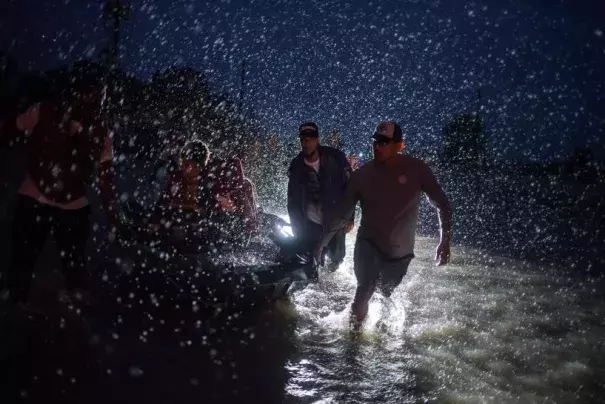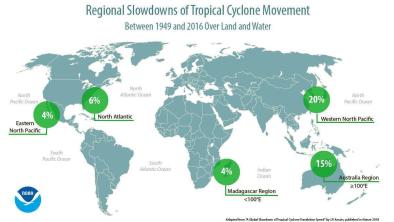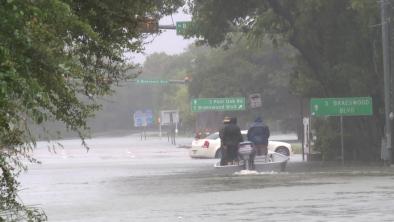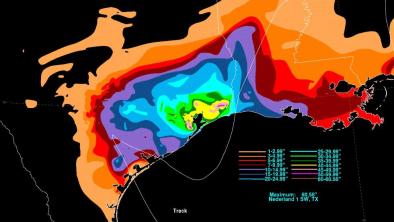Storm Harvey's rainfall likely linked to climate change: U.N.

The volume of rainfall from Tropical Storm Harvey is probably linked to climate change associated with global warming that increases the amount of moisture in the atmosphere, the U.N. weather agency said on Tuesday.
The slow-moving storm has brought catastrophic flooding to Texas, killed at least nine people, led to mass evacuations and paralyzed Houston, the fourth most-populous U.S. city.
“Climate change means that when we do have an event like Harvey, the rainfall amounts are likely to be higher than they would have been otherwise,” Clare Nullis, spokeswoman for the World Meteorological Organization, told a United Nations briefing in Geneva.
“Climate change does very likely increase the associated rainfall,” she said, adding in some locations Harvey’s rainfall may approach 50 inches, or 1.2 meters, and that the U.S. National Weather Service had to introduce a new color on its graphs to deal with the volume of rain.
“Climate change doesn’t cause tropical cyclones. They’ve always been there. The relationship between climate change and the frequency of hurricanes and tropical cyclones is not clear, there’s still a lot of research going on into that,” Nullis said.
Related Content





